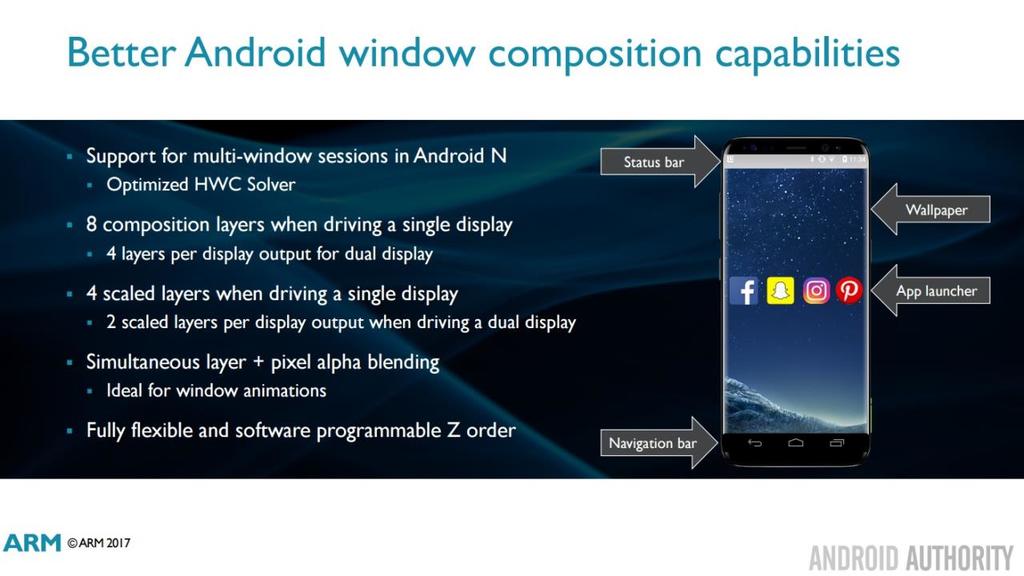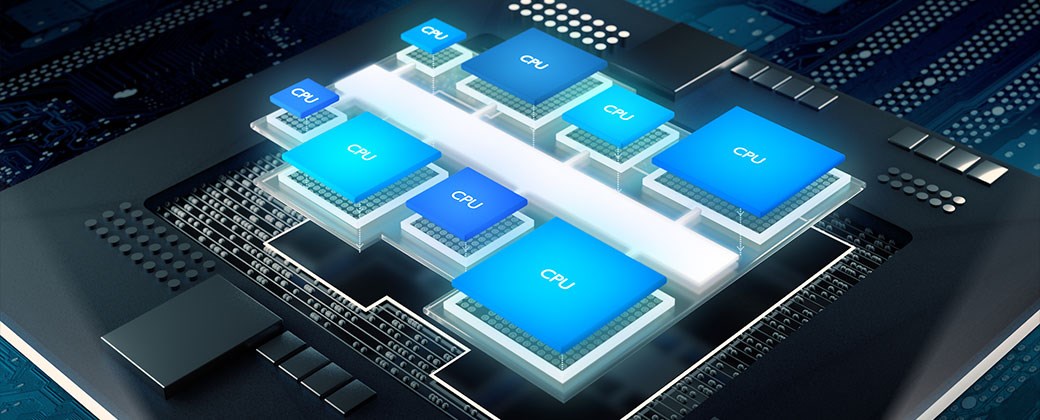Affiliate links on Android Authority may earn us a commission. Learn more.
ARM's new Mali-Cetus display processor improves VR, 4K video and multi-window tech
Published onMay 2, 2017

ARM, the semiconductor company that develops the Mali GPUs, has just announced its next-gen display processor, currently known as the Mali-Cetus.
A display processor works in conjunction with the GPU to take care of certain tasks (such as rotation, scaling and image enhancement) to improve the overall efficiency. Though updates to Mali’s display processors have typically featured largely incremental improvements based on the same architecture — see the Mali-DP500/550/650 — with the Mali-Cetus, ARM has made some significant changes.
The Mali-Cetus includes a brand new architecture to meet modern display demands like high-performance VR, new UHD standards like HDR10 and Hybrid Log-Gamma, and Android 7.0 Nougat-specific enhancements such as multi-window mode.
In the case of the latter, the Mali-Cetus could offer support for up to four simultaneous windows. Android 7.0 currently allows for two but future Android versions may increase this count — particularly as devices with larger displays (like tablets) could stand to benefit from more windows. The progress with regards to HDR, meanwhile, stands to provide a better viewing experience on compatible displays (here’s an explainer on HDR displays if you’re interested).

The Mali-Cetus display processor includes these upgrades alongside the now expected improvements to power efficiency (including lower power consumption from 4K video), meaning future devices which make use of it should provide superior battery performance compared to those with previous display processors.
ARM is clearly targeting different markets with the new Mali-Cetus features, from mobile, to VR, to TVs; it’s rare that we see products try to take on all areas at once. But it’s good news for consumers because no matter what product area they’re into, they could stand to see some benefit from the Mali-Cetus (even indirectly).
As to when we might see a Mali-Cetus used commercially, it’s likely to be launched (with its official name) in Q4, 2017, and begin appearing on devices in 2018.